What are Pneumatic Parts
Pneumatic parts are components of machines that use compressed air to transmit and control energy. These parts are integral to pneumatic systems, which operate on the principle of pneumatics—the science dealing with the mechanical properties of air and other gases. In such systems, air is typically compressed to a high pressure and then distributed through a circuit of pipes to various pneumatic devices. It's a field that finds its application across many industries due to its reliability, simplicity, safety, and the convenience of using air as the primary resource.
Employed in a broad range of environments from manufacturing plants to home use, pneumatic parts include items such as cylinders, valves, tubes, connectors, and controllers. These components work together to create movements or generate force when actuated by compressed air. For example, pneumatic cylinders can translate the energy of compressed air into linear motion to drive a piston, while valves can regulate the flow and pressure of the air to control the speed and force of the movement.
The beauty of pneumatics lies in its simplicity and efficiency. Pneumatic systems do not require large motors or heavy machinery; instead, they use air which is abundantly available and can be easily compressed and controlled. This makes pneumatics an attractive choice for tasks requiring safe and clean operation, such as in food processing or pharmaceutical industries. Additionally, since these systems can be designed with few moving parts, they often have a longer lifespan with lower maintenance requirements compared to their hydraulic or electrical counterparts.
Types of Pneumatic Parts
In the vast landscape of industrial machinery accessories, pneumatic parts form a critical category that caters to various applications. These parts are integral in systems that demand reliable response and fluid movement control through compressed air. Below are some common types found in the industry:
Pneumatic Cylinders: These are devices that convert the energy from compressed air into linear motion. They come in various types such as double-acting (for push-pull operations) or single-acting (where motion in one direction is powered by air pressure and returned by a spring). These cylinders are used widely in automation for applications like clamping, punching, and assembling.
Valves: Serving as the control gateways within pneumatic systems, valves regulate airflow direction and pressure. From simple manual valves for directing operator-controlled airflow to sophisticated solenoid valves for automated systems, their function is pivotal for controlling system performance.
Air Compressors: At the heart of any pneumatic system is the air compressor, which generates the required compressed air. Depending on the requirement of pressure and flow rate, different types such as rotary screw or piston compressors might be chosen.
Fittings and Tubing: These components ensure secure connections between various parts of a pneumatic system. Fittings include connectors, couplings, elbows, tees, etc., made from materials like plastic or metal. Tubing is flexible hoses that transport compressed air from one part to another.
Filters, Regulators, and Lubricators (FRLs): To maintain system health and efficiency, FRLs are used. Filters remove particulates from the air, regulators control pressure levels and lubricators add controlled amounts of oil into the airflow to reduce friction in moving parts.
How to choose Pneumatic Parts
Choosing the right pneumatic parts for your business requires careful consideration of several factors to ensure compatibility with your system's demands. When selecting these components for B2B sales where bulk purchasing is common, it's important to consider:
Compatibility: Ensure that selected parts match your system's specifications regarding pressure ratings, sizes, and connection types.
Material: The durability and suitability of materials like aluminum alloy or stainless steel should align with environmental conditions such as temperature or potential exposure to corrosive substances.
Functionality: The purpose served by each part within your pneumatic system determines your choice; for instance, if you need precise control over airflow, investing in high-quality valves with fine adjustments is critical.
Compliance with Standards: Selecting parts that adhere to industry standards guarantees performance reliability and ease of integration with existing systems.
By taking these factors into account—alongside additional considerations like local service availability and customization support—businesses can make informed decisions when purchasing pneumatic parts on Alibaba.com.
Best Pneumatic Parts on Alibaba.com
Alibaba.com presents an expansive marketplace where businesses from around the world can source pneumatics tailored to their needs. Whether you're involved in construction works or operate machinery repair shops, this global platform connects you with an extensive selection of suppliers offering a myriad of pneumatic products designed for various applications. Each supplier is vetted for quality assurance bringing together an array of options—from essential components like tubing connectors to more complex assemblies such as custom-made machined parts—catering to diverse industrial requirements.
The comprehensive nature of Alibaba.com ensures that buyers can find exactly what they need with ease while enjoying the convenience offered by features like mobile buying compatibility and multilingual communication support. Moreover, services such as Trade Assurance provide buyers with peace of mind by securing payments until delivery fulfillment. With its commitment to facilitating seamless trade across borders, Alibaba.com has become a cornerstone platform for businesses seeking dependable pneumatic solutions that drive efficiency and productivity within their operations.
Common FAQs for Pneumatic Parts
What are pneumatic parts typically used for in industrial applications?
Pneumatic parts are used to control and transmit power in various industrial applications through compressed air. They are commonly utilized in automation for tasks such as assembling, painting, and packaging, due to their reliability and efficiency.
How do I determine the compatibility of pneumatic parts with my existing system?
To ensure compatibility, check the specifications of your current system including pressure requirements, port sizes, and materials. It's essential to match these specs with the pneumatic parts you intend to purchase.
What materials are pneumatic parts made of, and how do I choose the right one?
Pneumatic parts can be made from various materials such as steel, aluminum alloy, stainless steel, plastic, and rubber. The choice of material depends on the application environment—consider factors like exposure to chemicals, operating temperature, and required durability.
How do I maintain and prolong the life of my pneumatic parts?
Regular maintenance such as cleaning filters, checking for leaks, lubricating moving parts, and monitoring system pressure can help prolong the lifespan of pneumatic parts. Follow manufacturer guidelines for specific maintenance schedules.
Can I use pneumatic parts for applications that require precise control?
Yes, there are high-precision pneumatic components available that provide fine control over pressure and movement. These are suitable for applications where accuracy is crucial.
Are there any industry standards I should be aware of when selecting pneumatic parts?
Yes, industry standards such as ISO (International Organization for Standardization) provide guidelines on dimensions, performance, and safety for pneumatic parts. Ensure that the products you choose comply with relevant standards.
What is the importance of filters, regulators, and lubricators (FRLs) in a pneumatic system?
Filters remove contaminants from compressed air, regulators ensure stable pressure levels, and lubricators reduce friction in moving components. Together, FRLs enhance the performance and longevity of a pneumatic system.
How do customized pneumatic parts benefit my business?
Customized pneumatic parts can be designed to meet specific requirements of your machinery or process—improving efficiency, compatibility with existing systems or adapting to unique operational challenges.
What should I consider when choosing valves for my pneumatic system?
Consider the type of control required (manual or automated), valve size for proper flow rate, response time for operational efficiency, and material compatibility with your system's environment.
How do air compressors fit into a pneumatic system?
Air compressors are the source of compressed air in a pneumatic system; they power up the system by providing the necessary flow and pressure of air required to operate different pneumatic devices.
What are the key selling points I should look for in high-quality pneumatic parts?
Look for features such as high productivity, automation capabilities (if needed), high accuracy, and compliance with industry standards to ensure that you're investing in quality components that will meet your operational needs.








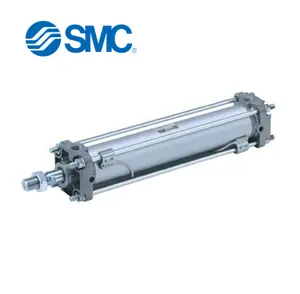




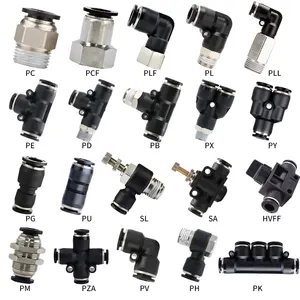
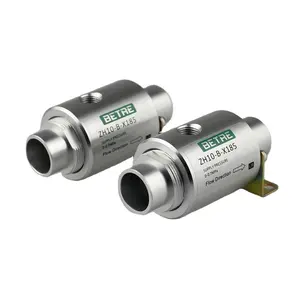

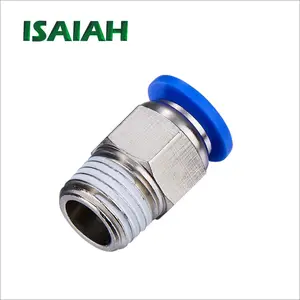










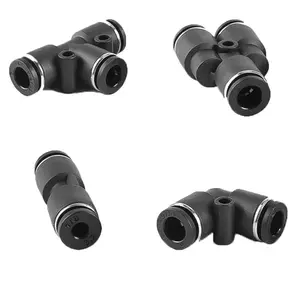






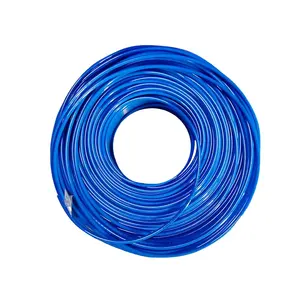



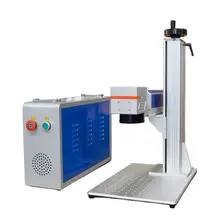
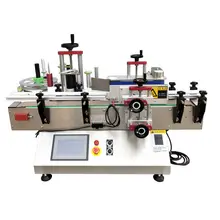








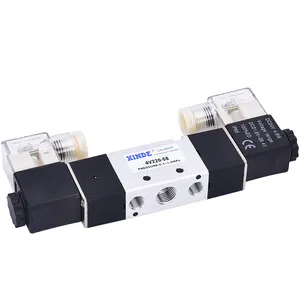

























 浙公网安备 33010002000092号
浙公网安备 33010002000092号 浙B2-20120091-4
浙B2-20120091-4